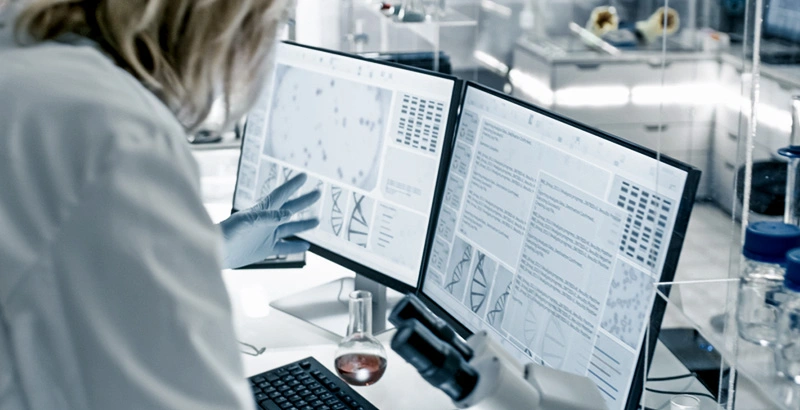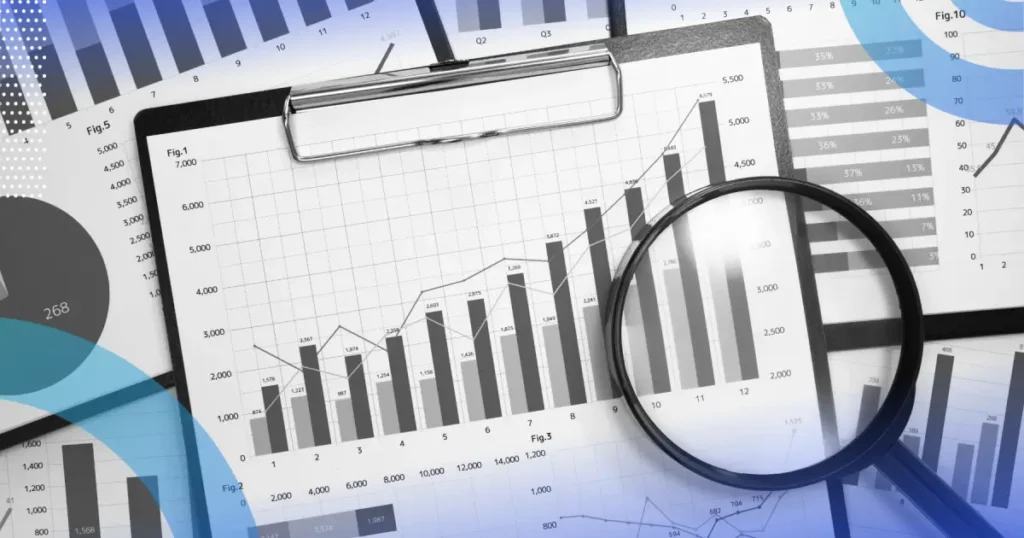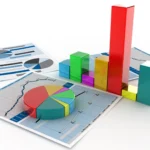Bioinformatics vs biostatistics, which field has a brighter future? It’s the question that keeps coming up in the recent biological data trends. While they share the same perspective on ecological issues, they differ greatly in their perspectives, skills, and contributions in the current years of ever evolving biological data.
This blog aims to highlight the bioinformatics vs biostatistics differences, shed light on the unique skills required, their contributions to the latest bioscience advancements and provide insight into possible future career prospects. At the end it also explores what role data science plays in both fields
Also learn about Who Earns More in USA? Data Science vs Computer Science.
Understanding the Basics: Bioinformatics vs Biostatistics
Bioinformatics
Bioinformatics uses the computational tools to decipher the complex codes within biological data. It marries biology with informatics, focusing on the storage, analysis, and interpretation of biological information, be it DNA sequences, protein structures, or genomic data. The goal? To understand the hidden messages within the biological blueprints.

Biostatistics
Biostatistics, on the other hand, is the statistical backbone of biosciences. It deals with the numbers, probabilities, and patterns within biological data. This field employs statistical methods to draw meaningful conclusions, identify trends, and make informed decisions in the face of uncertainty. The goal, here, is to contribute substantially to evidence-based decision-making in healthcare and biological research.
Bioinformatics vs Biostatistics: Divergent Skills for Convergent Goals
Bioinformatics Skills:
- Programming Proficiency: Bioinformaticians are code breakers, needing expertise in programming languages like Python, R, and Perl to navigate through vast datasets and develop custom algorithms.
- Database Management: Skillful handling of biological databases is essential. Bioinformaticians manage databases housing genetic sequences, protein structures, and other biological information.
- Algorithmic Prowess: Crafting and optimizing algorithms for data analysis and interpretation is a key skill. Bioinformatics thrives on efficient algorithms that can swiftly analyze intricate biological data.
Explore Computational Biology vs Bioinformatics to Make Right Career Choice
Biostatistics Skills:
- Statistical Fluency: Biostatisticians are equiped with a deep understanding of statistical methods. Mastery of concepts like hypothesis testing, regression analysis, and survival analysis is paramount.
- Data Visualization: Communicating statistical insights effectively requires the ability to create compelling visualizations. Biostatisticians use tools like R and Tableau to present data in a comprehensible manner.
- Experimental Design: Crafting experiments with statistical rigor is crucial. Biostatisticians ensure that experiments are designed to yield reliable and meaningful results, considering variables and potential biases.
Also learn about Data Science vs Statistics Scope in 2024

Bioinformatics vs Biostatistics: Contribution to Biosciences
Bioinformatics: Paving the Way for Precision Medicine
- Genomic Medicine: Bioinformatics plays a pivotal role in genomic medicine, aiding in the identification of genetic variations linked to diseases. Personalized treatment strategies based on individual genetic profiles are becoming a reality.
- Drug Discovery: In the realm of pharmaceuticals, bioinformatics accelerates drug discovery by predicting potential drug candidates, understanding molecular interactions, and optimizing therapeutic interventions.
- Evolutionary Biology: Bioinformatics contributes to understanding the evolutionary dynamics of species. Comparative genomics and phylogenetic analysis provide insights into the shared ancestry and diversification of life forms.
Biostatistics: Guiding Evidence-Based Decision-Making
- Clinical Trials: Biostatistics is the backbone of clinical trials, ensuring the robustness of experimental designs and analyzing trial data to determine the efficacy and safety of new treatments.
- Epidemiology: Understanding disease patterns in populations is a forte of biostatistics. It aids in identifying risk factors, estimating disease prevalence, and formulating public health strategies.
- Health Policy: Biostatistical analyses inform health policy decisions. From assessing the impact of interventions to predicting disease trends, biostatistics provides the data-driven foundation for health policymaking.
Understand more about Clinical Data Science and What 8 Essential Skills are Required to Excel as Clinical Data Analyst.

Future Career Prospects
Bioinformatics
- Genomic Data Analyst: With the exponential growth of genomic data, bioinformaticians are in high demand to analyze and interpret vast datasets. This role is pivotal in genomics research and personalized medicine.
- Bioinformatics Software Developer: Crafting software tools and algorithms for biological data analysis is a niche yet essential career path. Innovations in software are crucial for advancing bioinformatics capabilities.
- Pharmaceutical Informatics Specialist: The pharmaceutical industry seeks bioinformaticians to accelerate drug discovery, optimize clinical trials, and personalize treatment regimens.
Click Here to explore Beginner’s Step by Step Guide for Genomic Data Analysis in Python and R Coding
Biostatistics
- Clinical Biostatistician: Working closely with clinical research teams, these professionals design experiments, analyze clinical trial data, and contribute to evidence-based decision-making in healthcare.
- Epidemiologist: Studying the distribution and determinants of diseases, epidemiologists use biostatistics to draw connections between exposure factors and health outcomes, informing public health strategies.
- Health Data Analyst: With the rise of healthcare data, analysts skilled in biostatistics are crucial for interpreting trends, assessing outcomes, and supporting healthcare management decisions.
Bioinformatics vs Biostatistics: A Data Science Symphony
Both bioinformatics and biostatistics share a strong relationship with data science, each providing unique perspectives and tools to extract meaningful insights from biological data.
- Data Integration: Bioinformatics integrates data from diverse biological sources, fostering a holistic understanding. Biostatistics focuses on integrating statistical methods into data analysis, ensuring robust and reliable conclusions.
- Predictive Modeling: Bioinformatics employs predictive modeling to anticipate genetic variations, protein structures, and evolutionary pathways. Biostatistics utilizes statistical models to predict disease trends, treatment outcomes, and public health impacts.
- Machine Learning: Both fields embrace machine learning to enhance their analytical capabilities. Bioinformatics uses machine learning for pattern recognition in biological data, while biostatistics employs it for predictive modeling and data classification.
Find out more How Machine Learning in Bioinformatics is changing Biological Research?
Final Words: The Symbiosis of Data in Biosciences in Recent Times
In the latest 2024 landscape of bioinformatics vs biostatistics, the symbiosis of both fields is undeniable. While bioinformatics decipher genomic mysteries, biostatistics brings statistical rigor to draw meaningful conclusions and guide evidence-based decisions. The future promises exciting opportunities in both fields, with the potential for collaborative breakthroughs that bridge the gap between biological data science and discovery. Whether one chooses the path of a bioinformatician or a biostatistician, the journey is bound to be a data-driven exploration into the wonders of life.



